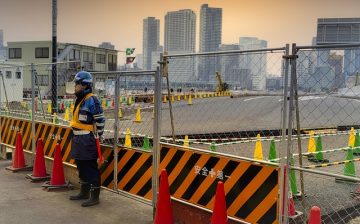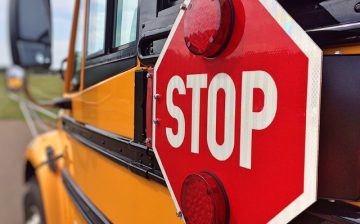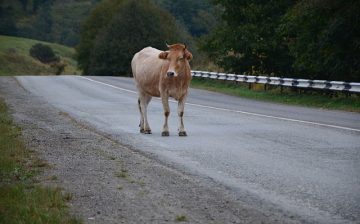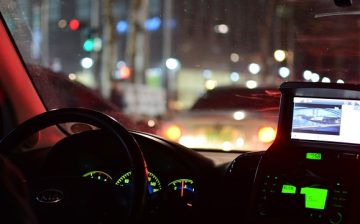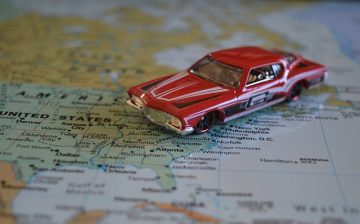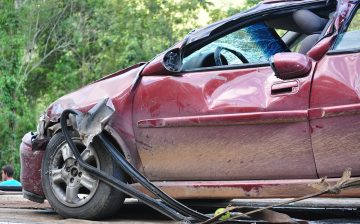8 Tips to Drive Safely on Construction Zone
Driving safely in a construction zone is crucial to ensure the safety of both yourself and the construction workers. Here are some tips to help you drive safely in a construction zone:
- Pay attention to signs and follow instructions: Construction zones have specific signs and instructions that may include reduced speed limits, lane closures, detours, and specific merging patterns. Pay close attention to these signs and follow them carefully.
You may also read: Top 7 Tips For an Excellent Driver’s License Photo - Slow down and obey speed limits: Reduce your speed as soon as you enter a construction zone. Be prepared for sudden changes in traffic patterns and unexpected obstacles. Observe the posted speed limits and adjust your speed accordingly to ensure you have enough time to react to any situation.
- Maintain a safe distance: Keep a safe following distance between your vehicle and the one ahead. This will provide you with ample time to react if the vehicle in front of you stops suddenly. Construction zones often have slow-moving or stopped vehicles, so it’s crucial to maintain a safe distance to avoid rear-end collisions.
You may also read: Top 10 Driving Tips for Traffic Jams - Merge early and be patient: If a lane is closed, merge into the open lane as soon as possible rather than waiting until the last moment. This allows for a smoother traffic flow and reduces the risk of sudden lane changes or accidents. Be patient and courteous to other drivers during merging.
- Stay alert and minimize distractions: Keep your full attention on the road and avoid any distractions such as using mobile phones, eating, or engaging in other activities that take your focus away from driving. Construction zones require increased vigilance due to changing conditions, so being alert is crucial.
You may also read: Top 5 Worst Cities in USA for Driving - Watch for construction workers and equipment: Be mindful of construction workers who may be present in the area. They may be working close to the road, so it’s important to keep an eye out for them and give them enough space. Pay attention to construction vehicles and equipment as well, as they may be entering or exiting the roadway.
- Be prepared for delays: Construction zones often result in slower traffic and possible delays. Plan your journey accordingly and allow extra time to reach your destination, especially during peak traffic periods. Patience is key when driving through construction zones.
- Follow instructions from flaggers: In some cases, flaggers may be present to direct traffic. Follow their instructions carefully and be prepared to stop or change lanes as directed. Be patient and wait for their signal before proceeding.
You may also read: How to Get a Indiana Commercial Driver License (CDL)in 2023
Remember, the key to driving safely in a construction zone is to be attentive, patient, and considerate of the workers and other drivers. By following these guidelines, you can help ensure a safer environment for everyone on the road.

